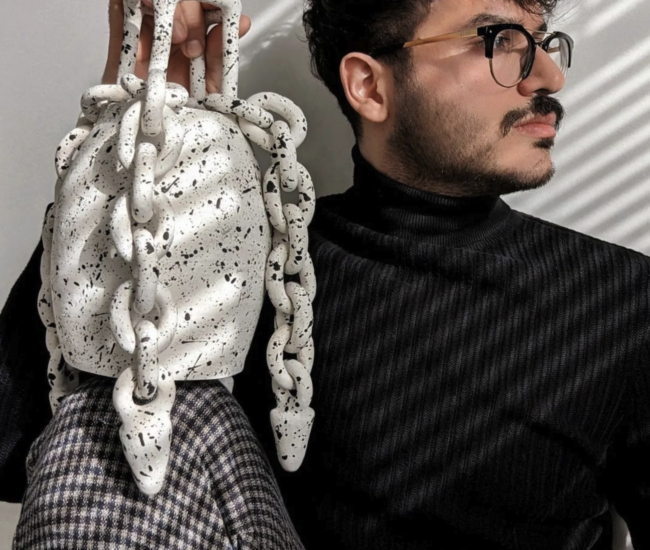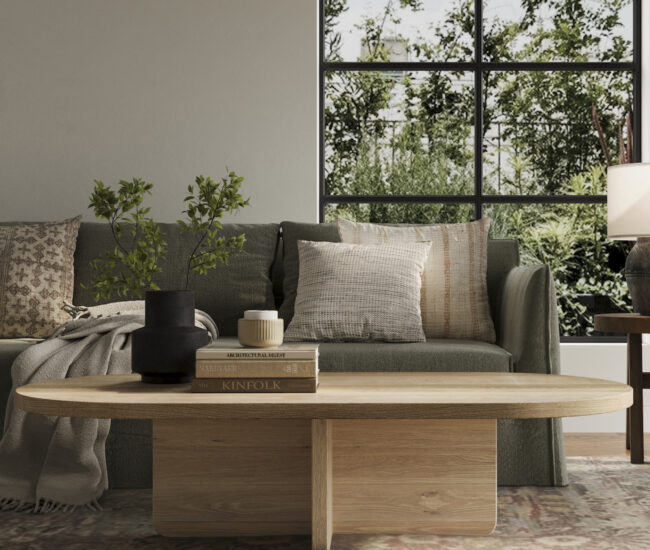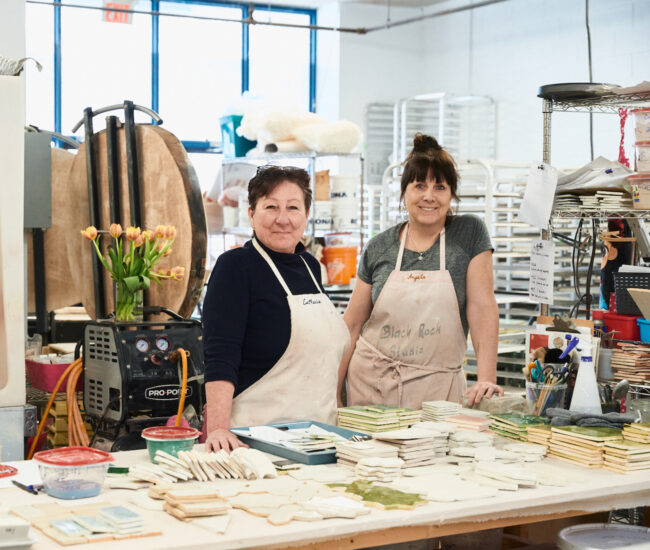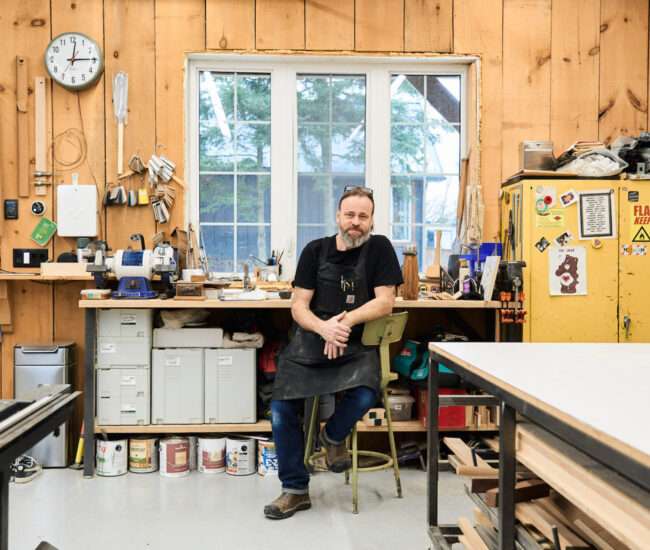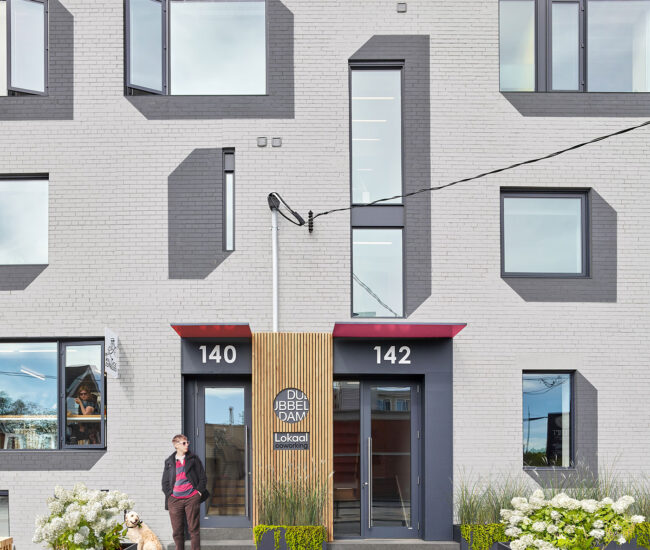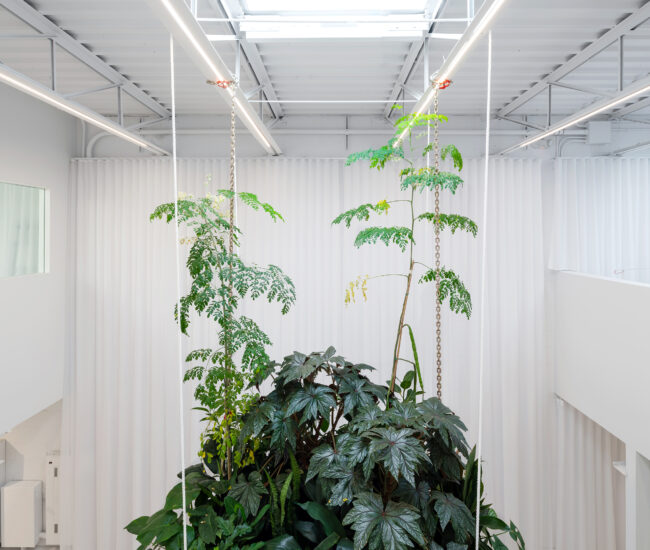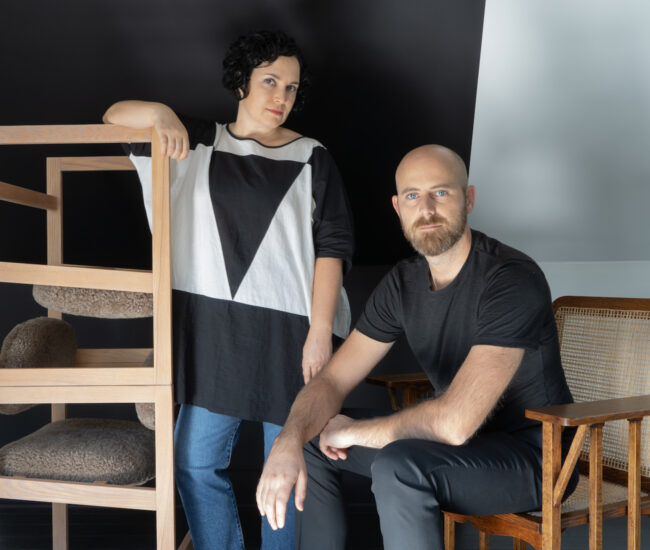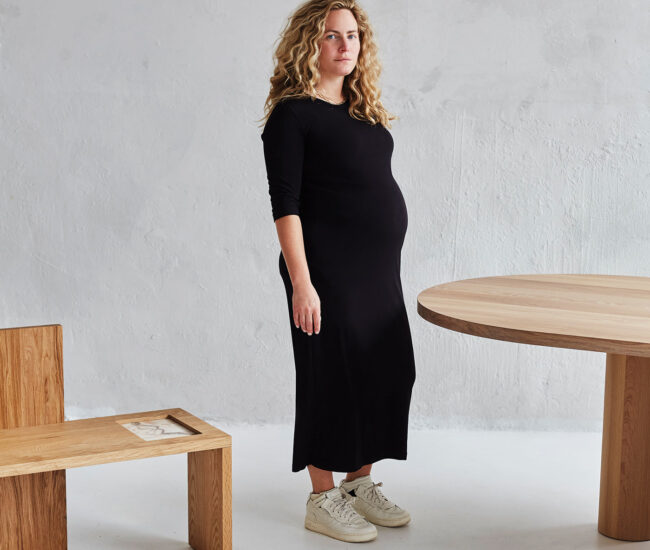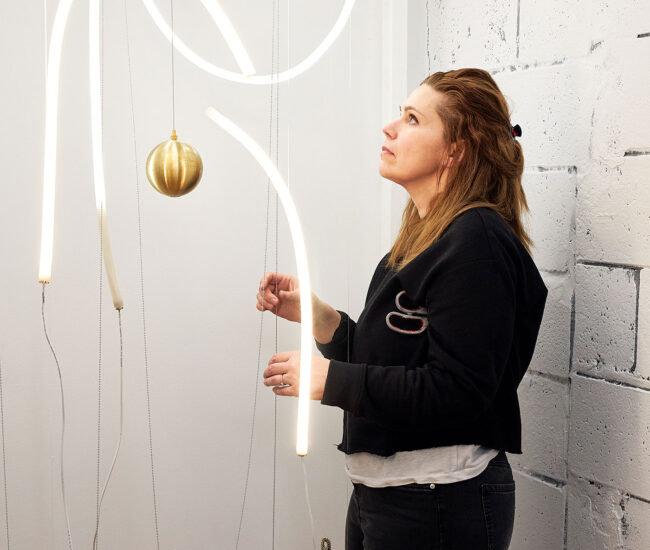The Salvaging Styles of Ouroboros Deconstruction

Founder Meredith Moore and her team use gentle removal techniques to repurpose materials destined for the bin
Ever walk by a building being demolished and think, ‘what a waste?’ Meredith Moore had these thoughts, too, and turned her passion for salvaging materials into a thriving business. Moore, who has long had a passion for sustainability, studied History of Art and Architecture at Brown University and interior design at Parsons School of Design with a focus on designing sustainable systems into homes in middle America. Much of that thinking on adaptive reuse within architecture and design continues in her work now with Ouroboros Deconstruction. Ouroboros is an ancient symbol interpreted to represent eternal cyclic renewal or the cycle of life — a fitting emblem for the company that aims to see construction and demolition as one.
Moore likens their deconstruction process to construction in reverse. The work and craftsmanship that went into the pieces they salvage, including baseboards, tiles, panelling, windows and more — are honoured and repurposed. “I understand that certain structures have to come down, and homes need to be updated, but they are rich in history and memory and value, and then we are putting them right in the landfill when items should be salvaged and reused in new applications. We should strive for the highest and best use of these materials,” she says.

Moore and her husband moved to Toronto in 2019 and purchased a house downtown in need of some TLC. “We met with quite a few contractors and made it clear that we wanted to salvage as much material as possible and we were continuously met with a no,” she says. So, in true entrepreneurial style, she put together her own deconstruction team and was on site each day. “We saved all these different materials, cabinetry, we uncovered a clawfoot bathtub, and wild tree tiles from the 1970s.”

From that first project, Ouroboros has expanded to have multiple storage areas, including a new 7,000-square-foot facility to house salvaged materials of all kinds. The aim is to make them easily accessible to all at a price point that is affordable, too. “What I have learned through this is that most people have a level of guilt around [demolition],” says Moore. “Demoing a house for renovation or rebuild is generally the single biggest waste-producing event in someone’s life.”

Through education and shifting perspectives, salvaged materials could be just as sought after and as easily implemented as new. So, even if a house is not fitting the needs of the current owner anymore, the materials within it can be reused as finishes or put to good use elsewhere. Project by project, Ouroboros is helping to normalize deconstruction as a practice and to directly impact our city’s oft-overlooked heritage. OUROBOROSDECON.COM.

